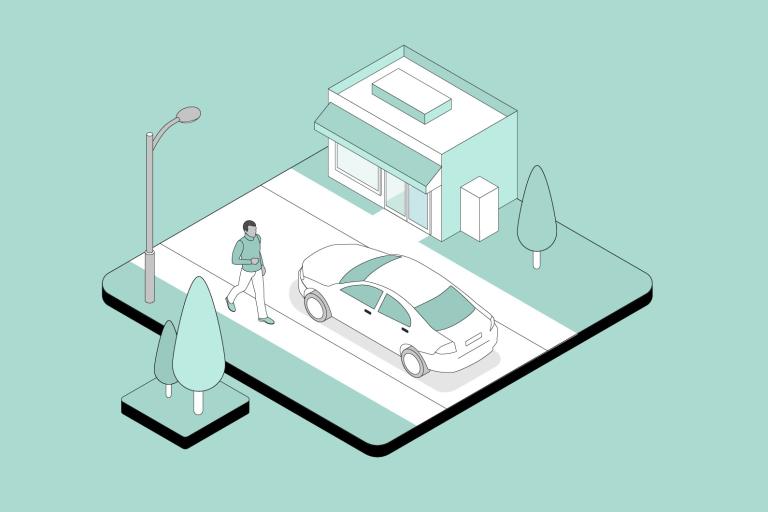Surface and infrastructure maintenance
Maintenance of surfaces and other infrastructure, such as drain covers and manholes, needs to be considered when designing infrastructure. The streetscape and active travel routes need to be designed to make them easy to maintain. This includes ensuring sufficient drainage and using durable materials to form a bound surface.
Ancillary infrastructure should not form hazards to pedestrians and cyclists, for instance because of raised or sunken covers or gullies, manholes and drains which may cause slipping or tripping.
Minimising hazards and obstructions
Badly located utilities, such as phone and internet cabinets, can cause issues to pedestrians, disabled people and cyclists. Cabinets housing telecommunications infrastructure, litter bins and signage poles are essential components of the street scene but great care is needed over their colour, design and position, especially in historic areas. Such features should not narrow the useable width of the footway to the detriment of pedestrians.
Once built, routes need regular maintenance to ensure that they remain safe and attractive to use. Potholes, loose and cracked surfaces, overgrown vegetation, poor drainage, debris, and littering need to be prevented. The route needs to be maintained and accessible all year long, including in winter.
Uneven surfaces and gaps can be especially hazardous to elderly people and for some people with disabilities. Surfaces should be slip-resistant and resistant to water damage.
Route maintenance
When street maintenance and works are in place, they should be properly safeguarded to avoid hazards and obstruction to pedestrians and cyclists, especially disabled users.
Not all routes may fall within a local authority highway maintenance schedule, such as in large parks or public rights of way, so it is important to make suitable arrangements for upkeep.




